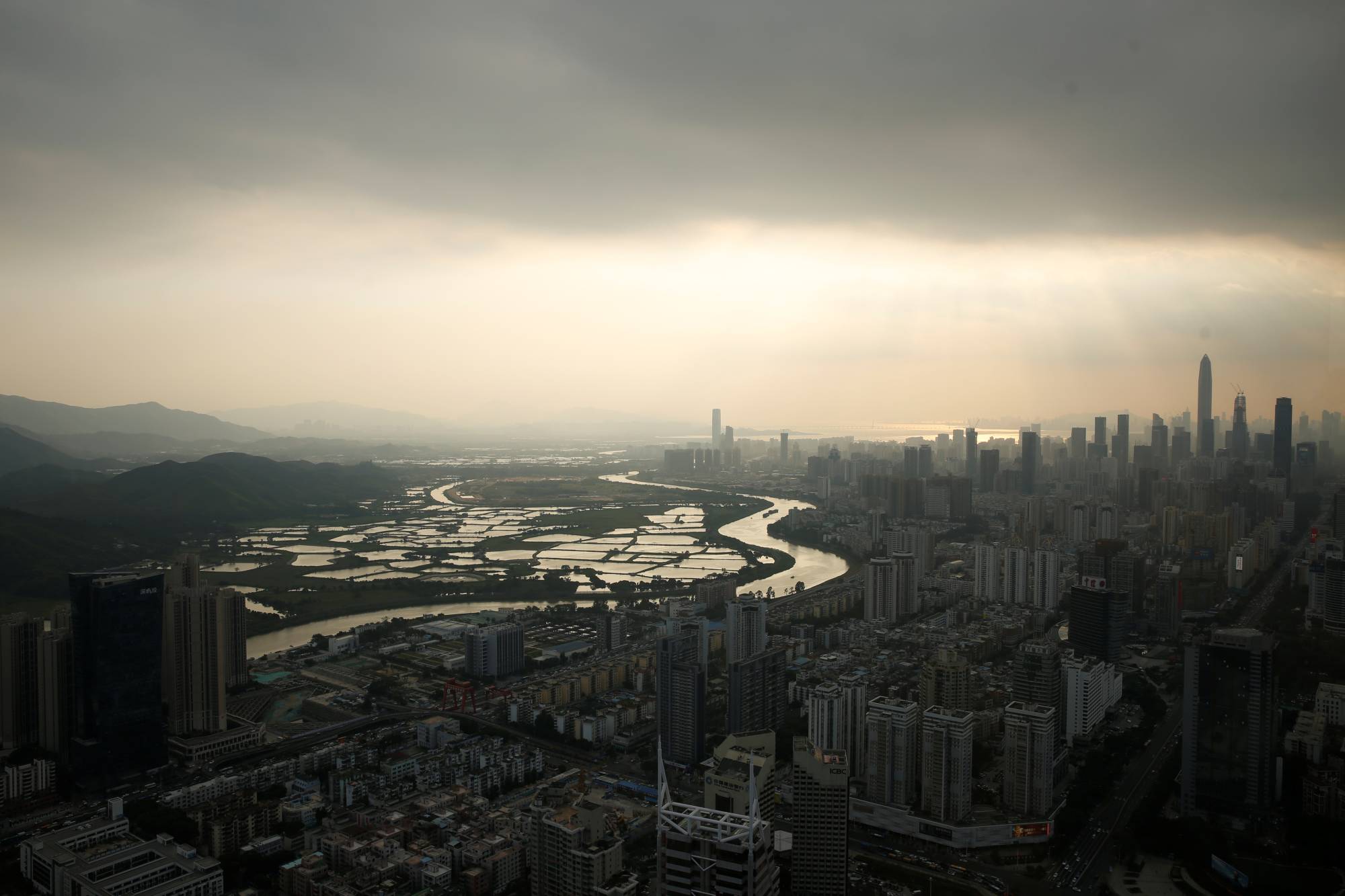On Oct. 14, Chinese President Xi Jinping visited the southern city of Shenzhen, where he delivered a speech celebrating 40 years of progress since the special economic zone was established there and set a path for the future. A month later, Xi headed to Shanghai’s Pudong district — which was designated China’s first “new area” 30 years earlier — for the same purpose. The centrality of Shenzhen and Shanghai to China’s future development could not be clearer.
When China first created the Shenzhen special economic zone, some questioned its judgment. For example, as a postgraduate student at the University of Cambridge in the 1980s, James Kai-sing Kung, now of the University of Hong Kong, asked why the government would choose an unknown village such as Shenzhen, rather than an economic center like Shanghai or Tianjin, to serve as an incubator for Deng Xiaoping’s “reform and opening up” strategy.
The decision must, Kung concluded, be politically motivated; China’s government must have been preparing for the return of neighboring Hong Kong, which was already a global financial center. But, while it is true that sovereignty over Hong Kong was formally transferred back to China in 1997, Hong Kong’s impact on Shenzhen’s development was rooted less in sovereignty than in proximity.


















With your current subscription plan you can comment on stories. However, before writing your first comment, please create a display name in the Profile section of your subscriber account page.